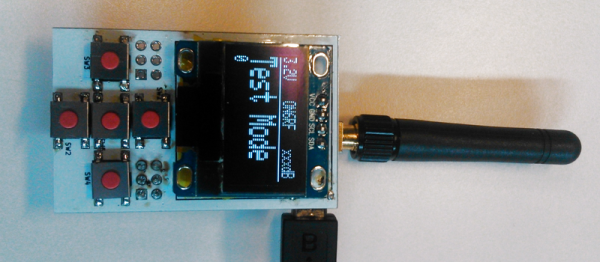Yet another Internet of Things service has left its customers in the lurch. IoT devices (mostly lightbulbs) made sold by Greenwave Systems stopped talking to the outside world on July 1. More specifically, the server to which they all connected (ahem, “the cloud”) has been turned off, which rules out using the bulbs with Internet-based services like IFTTT, which was a major selling point of the Things in the first place.
[Edit: We were contacted by Greenwave, and they pointed out that they merely sold the IoT devices in question. They are made by TCP, which is also responsible for cancelling the service. And TCP has a history of doing this sort of thing before.]
It’s not the first time we’ve seen IoT companies renege on their promises to provide service, and it’s surely not going to be the last. We’re preaching to the choir here, but when even Google is willing to take the PR hit to effectively brick your devices, the only protection that you’ve got against obsolescence is an open protocol.
At least the users of Greenwave’s TCP’s devices will continue to be able to control them from within the home. That, plus some clever hacking, will make them workable into the future. But it’s not like the convenience that was sold with the devices.
Boo to shady IoT companies! But thanks to [Adrian] for the tip.





















